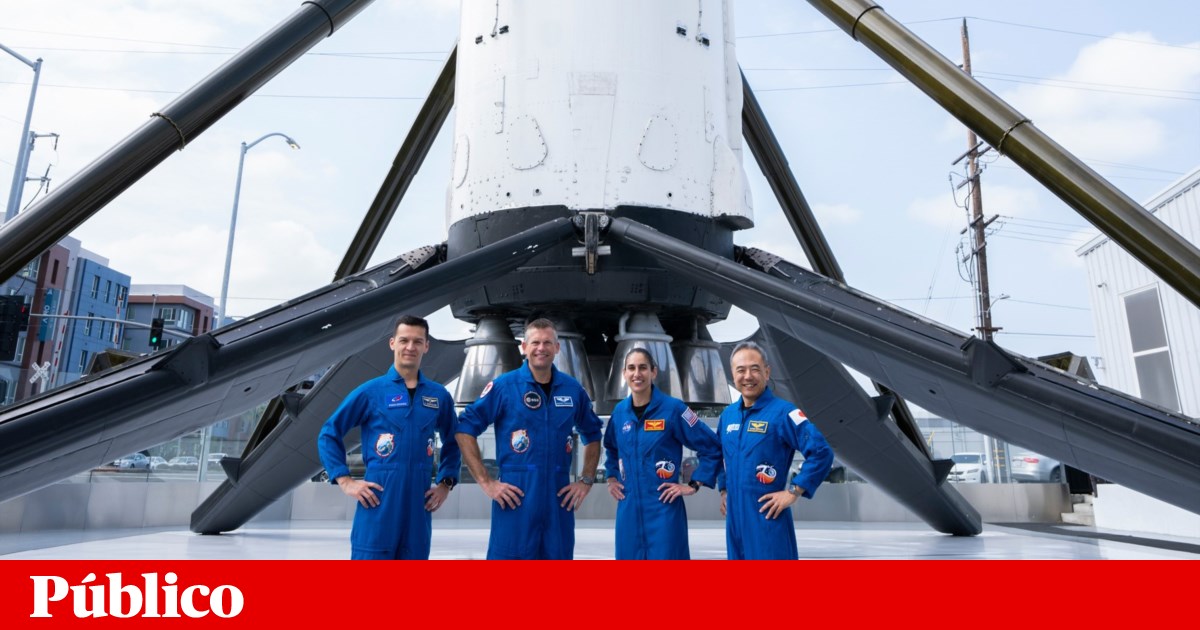The largest map of quasars in the Universe published
Madrid. Using data obtained by ESA’s Gaia space mission, astronomers have published the map of quasars with the largest volume of the universe mapped. These are gas-devouring black holes that, curiously, represent some of the brightest objects in the universe. The new map charts the location of about 1.3 million quasars in space and time, … Read more









